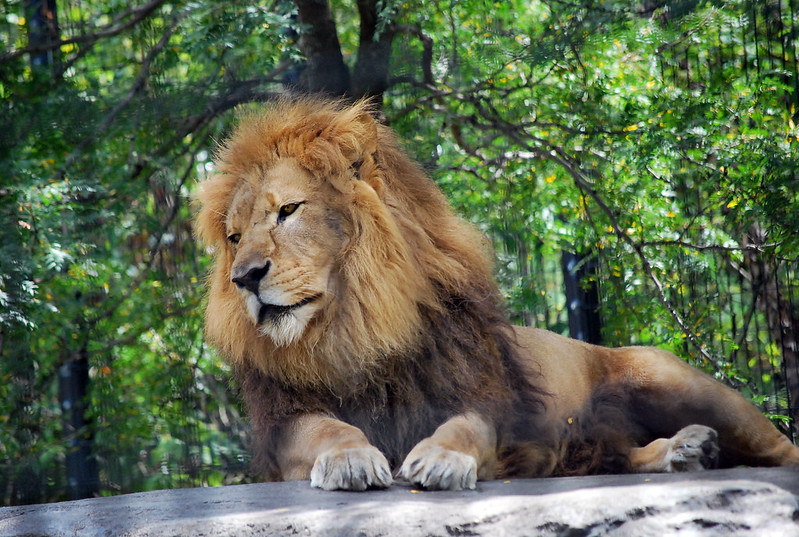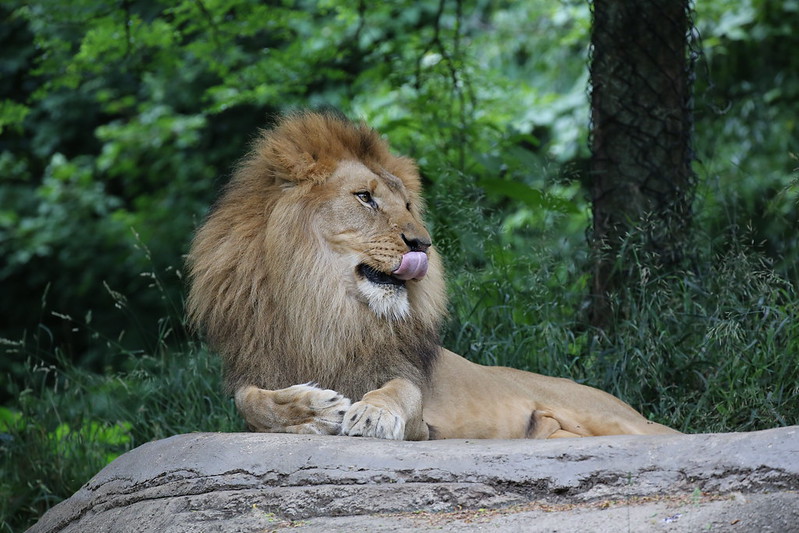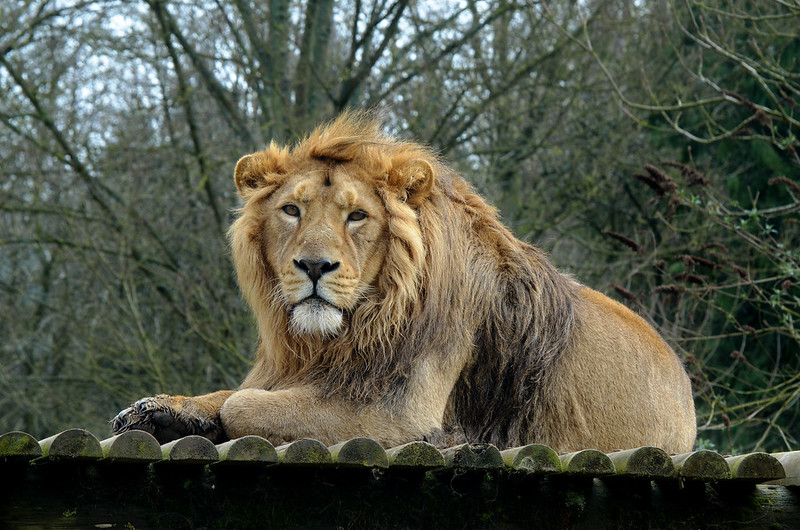Lion (Panthera leo)
Lion: The King of the African Jungle
The lion, often referred to as the “King of the Jungle,” is one of Africa’s most iconic and majestic animals. Known for its powerful roar, regal mane, and predatory skills, the lion commands respect in the animal kingdom. As one of the Big Five, lions are among the most sought-after animals to see on an African safari. Their social behavior, striking appearance, and predatory prowess make them a must-see for any safari-goer. Watching a lion in its natural habitat—whether it’s lounging in the grass or stalking its prey—provides a thrilling and unforgettable experience.
The Lion: Facts, Behavior, and Where to Spot Them
Where to Find Lions on Safari
Lions can be found across sub-Saharan Africa, from the savannas to the grasslands and open woodlands. They thrive in areas where there is an abundance of prey, such as antelope and zebra, and where they can maintain their territory. Some of the best places to see lions on safari are in renowned national parks and reserves, including the Serengeti National Park in Tanzania, Masai Mara National Reserve in Kenya, Kruger National Park in South Africa, and Hwange National Park in Zimbabwe. These parks offer a chance to witness lions in action—whether it’s lounging in the sun, interacting with pride members, or on the hunt. Lions can also be spotted in the Ngorongoro Crater in Tanzania, which has one of the highest concentrations of wildlife in the world, including large prides of lions.
Best Time to See Lions
Lions are primarily nocturnal and are most active at night or during the early morning hours, which is when they hunt and patrol their territories. Therefore, the best time to see lions on safari is during early morning game drives or late afternoon, when they are waking up from their rest and becoming more active. The dry season, typically from June to October, is ideal for lion sightings. During this time, animals congregate around water sources, which increases the likelihood of spotting lions as they come to drink or hunt. However, lions can also be seen throughout the day, especially if they are resting in the shade to escape the midday heat.
The Lion’s Role in Africa’s Ecosystems
As apex predators, lions play a critical role in maintaining the balance of their ecosystems. They help regulate the populations of herbivores like antelope, zebra, and buffalo, preventing overgrazing of vegetation. By controlling the numbers of these species, lions indirectly help preserve the biodiversity of the landscape. Lions also scavenge, feeding on the kills of other predators or animals that have died of natural causes, which contributes to the overall health of the ecosystem by recycling nutrients.
Lions are also crucial to the health of the broader African wildlife community. For example, their presence can discourage other predators like hyenas or wild dogs from taking over territories, thus preventing imbalances in the animal population. Their hunting strategies and behaviors also offer unique insights into the complexities of predator-prey relationships.
Lion Behavior: Power, Pride, and Family
Lions are unique among big cats because of their social structure. Unlike most other cats, lions live in groups called prides. A pride consists of several related females, their cubs, and a few males, with each pride typically controlling a specific territory. Female lions are the primary hunters, working together to stalk and take down prey. Male lions, with their powerful manes, serve as protectors of the pride, defending their territory from rival males.
Lions communicate through a range of vocalizations, including roars, growls, and grunts, which help to establish territory and coordinate group activities. Their roar can be heard from several miles away and is used to warn other predators and animals to stay out of their domain. The social structure of lions is fascinating, with strong bonds between pride members, particularly between mothers and their cubs.
Lions are also known for their remarkable ability to cooperate during hunts, with each member of the pride playing a role in bringing down prey. This teamwork and coordination are essential to their success as hunters, and it showcases the strength of their social bonds.
How to Spot Lions on Safari: Tips and Tricks
Spotting lions on safari can be a thrilling experience, especially if you’re fortunate enough to witness their incredible hunting skills or social interactions. While lions can often be found lounging in the sun or resting under the shade of a tree during the day, it’s best to look for them early in the morning or late in the afternoon when they are more likely to be active. They are most commonly found in open savannas, grasslands, and near water sources, so keeping an eye on these areas will increase your chances of spotting them.
When on a game drive, be on the lookout for signs of lion activity, such as tracks, fresh kills, or a group of vultures circling overhead. Having a skilled guide will also increase your chances of seeing lions, as they are familiar with the animals’ movements and behavior patterns.
Fun Facts About Lions
Lions are fascinating creatures, and their behavior and physical traits have captured the imaginations of people for centuries. Here are some interesting facts about lions:
The Mane Mystery: The male lion’s mane serves as a symbol of strength and helps protect its neck during fights with other males. It also makes the lion appear larger and more intimidating.
Social Big Cats: Lions are the only big cats that live in groups. This social behavior allows them to hunt cooperatively and defend their territories more effectively.
Powerful Roar: A lion’s roar can be heard up to 5 miles away, making it one of the most powerful and recognizable sounds in the animal kingdom.
Long Gestation Period: Female lions have a gestation period of around 110 days, and typically give birth to 1-4 cubs at a time. The cubs are born blind and rely on their mothers for protection and care during the first few months of their lives.
Why Lions Are a Must-See on Your Safari
Lions are a symbol of power, grace, and social harmony, making them a must-see on any African safari. Whether you’re watching a pride lounge under the shade of a tree, witnessing a dramatic hunt unfold before your eyes, or hearing the powerful roar of a lion echo through the savanna, the experience of seeing lions in the wild is unforgettable. As one of the Big Five, lions hold a special place in the hearts of safari-goers and are an essential part of the African wilderness. Their social dynamics, hunting prowess, and role in the ecosystem make them a vital and thrilling species to encounter on your journey through Africa’s wild landscapes.





